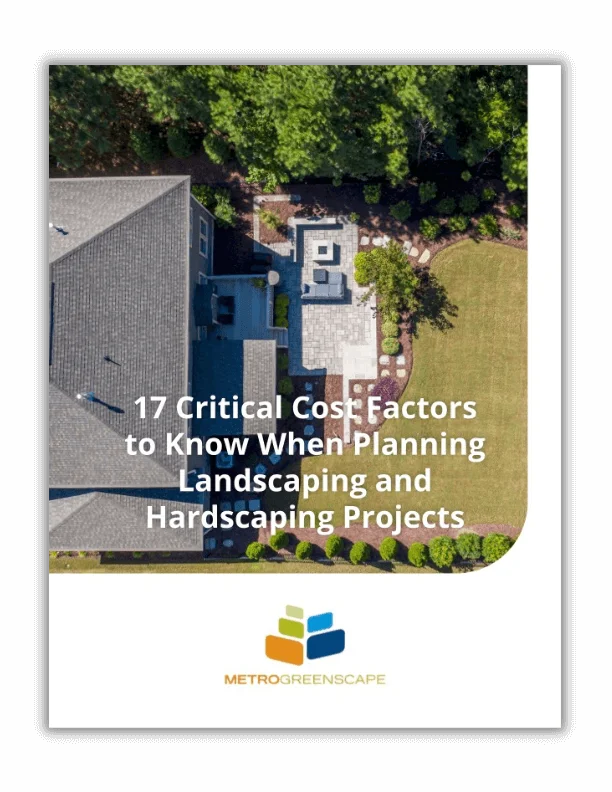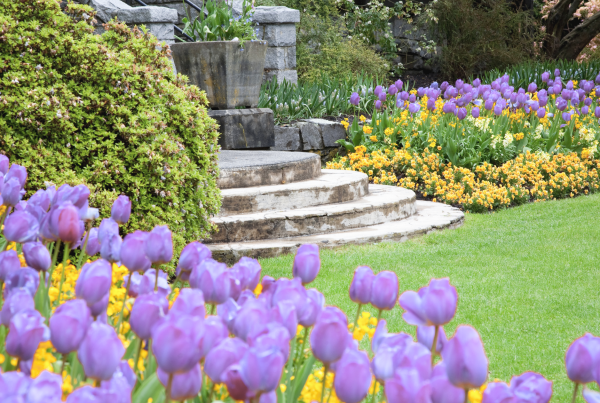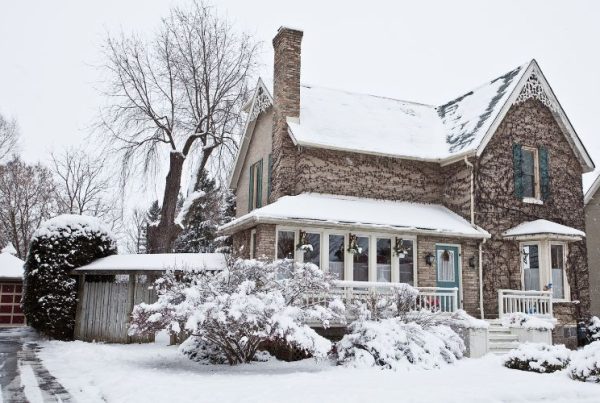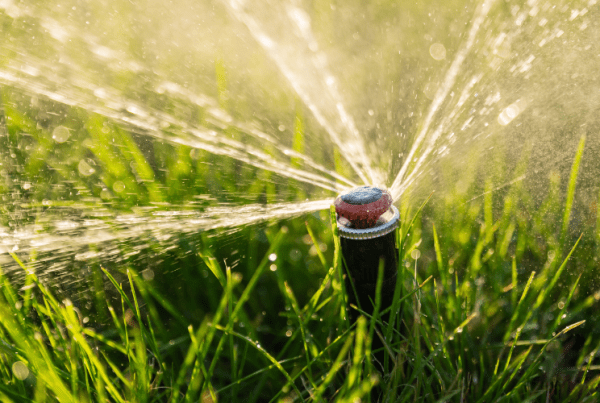Your lawn is an extension of your home. And, as you likely know, grass is the dominant feature of most yards. But not all grasses are created equal. If you want the best for your Charlotte lawn, you’re likely wondering, what’s the ideal type of grass?
There is not an easy answer to that question. North Carolina falls into a transition zone for grass growing, meaning the area overlaps four turf-growing regions. The state’s mixed climate makes growing grass more challenging.
In order to outline what grass types may work for your lawn in Charlotte, we first need to cover cool-season and warm-season grasses. From there, we’ll discuss the pros and cons of the three most common types: Tall fescue, Zoysiagrass, and Bermudagrass.
Contents
- Cool and Warm-Season Grasses
- Which Grass Is Best in Charlotte?
- Tall Fescue Grass
- Zoysiagrass
- Bermudagrass
Grass Types in Charlotte: Cool-Season and Warm-Season
All grass in Charlotte falls within two categories: cool-season grass and warm-season grass.
Cool-season grass grows best between 60 degrees and 75 degrees. It has adapted to fluctuating weather patterns, such as areas that experience all four seasons and will stay green during the cooler months in Charlotte. However, cool-season grass will likely turn brown and go dormant during the hot summers since the high temperatures prevent root growth.
Warm-season grass thrives when temperatures go above 75 degrees. These grasses will stay green during the hot summers in Charlotte but will go dormant during the winter.
Which Grass Is Best in Charlotte?
Generally speaking, Charlotte residents lean towards cool-season grasses. That does not mean that cool-season grasses are the right choice for your particular lawn.
Because North Carolina falls into a transition zone, you want to consider the specifics of your yard. Ask yourself the following questions:
- How much shade (or sun) does the yard get?
- How much is the lawn used for activities?
- What has the weather been trending toward?
Answering these questions will help you understand what conditions you have for grass and which grass type is likely to thrive there.
Tall Fescue Grass
Tall Fescue is a cool-season grass widely used in North Carolina. This grass is a bit more tolerant of heat and drought than other cool-season grasses, giving it the flexibility necessary to gain popularity in a transition zone.
Ideal lawn mowing height: 3 to 3 1/2 inches; increase to 3-4 inches during the summer to combat the heat and less rainfall
Watering: 1 inch weekly and up to 1 ¼ inches during the hot summer months
Pros of Tall Fescue
Tall Fescue is durable and resilient grass when it comes to weather. If you have a full sun yard, this cool-season grass with great drought tolerance is the choice for you. Fescue also tolerates shade well compared to other cool-season grasses. It’s excellent grass to seed if you have trees on your property.
The primary contributor to this grass’s durability is its deep root structure. That helps it to find water and hold water after rain. You will only need to water your lawn during droughts or when the temperature is high enough to evaporate water before the grass gets a chance to absorb it.
You will want to start mowing early in the spring with this grass. We recommend you keep this grass two to three inches long. Because it is a cool-season grass, you will not have to mow very often during the hottest months.
Cons of Tall Fescue
Tall Fescue’s natural inclination towards clumping will lead it to look thinned out in the fall. You will have to spend some time reseeding in the fall if you want to maintain a fuller appearance. Overseeding helps to avoid a lumpy look.
Its tendency to clump also reduces its ability to heal itself after damage. If you and your family use the lawn frequently to socialize or entertain, you will need to regularly reseed.
Zoysiagrass
Zoysiagrass is a warm-season grass. However, it is more tolerant of cooler temperatures than other warm-season grasses. This grass is very low maintenance and will do well in the sun during Charlotte’s warmer months.
This grass is native to Asia but became popular in the late 1800s in the United States as part of the “American Dream” home. (Think the white picket fence.)
Ideal lawn mowing height: 1 to 1 ½ inches; increase to 2 inches in the summer as longer blades help protect the roots
Watering: 1 inch weekly, and up to 1 ½ inches during the hot summer months
Pros of Zoysiagrass
This grass is much better suited for high activity than Tall Fescue. It is a very dense grass and can tolerate the kids turning your lawn into a soccer pitch. The density also helps to keep weeds at bay.
Similar to the Tall Fescue, Zoysiagrass also establishes deep roots. That means the grass is better at retaining water and finding water during droughts. It will also last longer during droughts because it is better suited for warm climates.
It is recommended to keep zoysia grass at one and a half to two inches long. It will begin to grow later than cool-season grasses, so you won’t have to start mowing as early. However, to maintain its ideal length, you may have to cut it more frequently.
Cons of Zoysiagrass
This grass will turn brown in the winter. Because it is a warm-season grass, the cooler months are when it goes dormant.
Zoysiagrass spreads easily. While this is good news for regenerating in high activity areas, it may mean bad news for flower beds or cover plants.
Zoysiagrass is not very tolerant of shade. This is not a great choice if you have a lot of trees on your property.
Bermudagrass
Like Zoysiagrass, Bermudagrass is a warm-season grass. It has exceptional heat and drought tolerance, making it an ideal choice for yards with little to no shade.
Also similar to Zoysiagrass, Bermudagrass is great for high-traffic lawns. It is famous for having the fastest growth rate of warm-season grasses, meaning it will recover quickly after experiencing damage. Southern states prefer this grass for athletic fields and golf courses.
Ideal lawn mowing height: 1 to 1 ½ inches
Watering: 1 inch weekly; increase to 1 ½ inches during the hot summer months
Pros of Bermudagrass
This grass does exceptionally well in the summer heat. It starts growing a bit later than other types, meaning you won’t have to start mowing as early as some other grasses will require. However, you will be spending extra time cutting and caring for your lawn in the warm months.
Bermudagrass is very water efficient. Its natural capacity for warm climates makes it perfectly suited for Charlotte’s long, hot summers.
Bermudagrass requires a site with good drainage. If your lawn is sloped in just the right way for water to accumulate, you will not be able to grow healthy Bermudagrass.
Cons of Bermudagrass
This grass is not as thick as some others, making it susceptible to noxious weed invasion. Since drowning a lawn in chemicals is not particularly appealing, this grass is not suited for anyone looking for a green, weed-free lawn.
In Summary
As you can see, there are lots of Charlotte grass types to choose from, but the characteristics of your landscape, like temperature, water levels, and shade, will determine which is best for you. If you’re unsure, talk to a pro at MetroGreenscape. No one understands the grass types better than us. We also know how to care for it properly.







